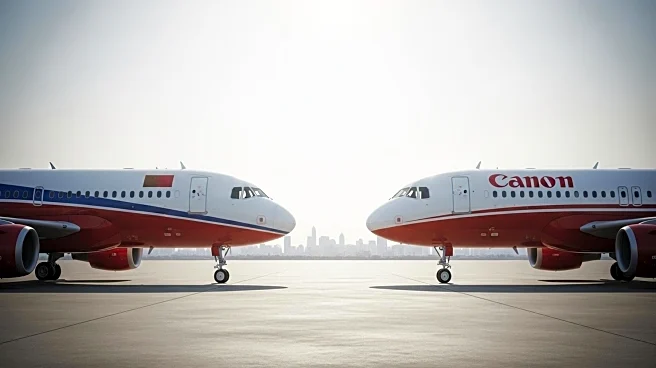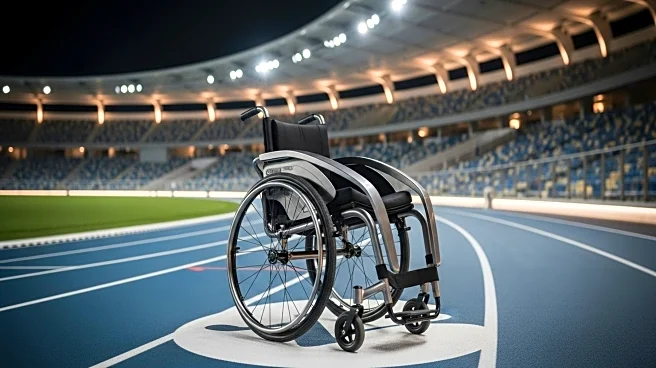What's Happening?
On October 4, 2025, an Air India Boeing 787-8 experienced an unexpected deployment of its ram air turbine (RAT) during final approach to Birmingham's runway 33. The RAT, a device meant to provide emergency electrical power, deployed despite the aircraft's power systems functioning normally. This incident follows a fatal crash involving the same aircraft type in June, where the RAT also deployed due to a complete power loss. The Federation of Indian Pilots has urged the Directorate General of Civil Aviation to investigate the electrical systems of all Boeing 787s in India, suggesting potential faults in the Bus Power Control Unit may be responsible.
Why It's Important?
The incident has sparked concerns about the safety of Boeing 787 aircraft, particularly given the unresolved circumstances surrounding the June crash. The deployment of the RAT in both incidents has led to calls for thorough inspections of the aircraft's electrical systems. This situation could impact the aviation industry, potentially leading to grounding of Boeing 787s for safety checks, affecting flight schedules and airline operations. The scrutiny may also influence public perception of air travel safety, particularly for Air India and Boeing.
What's Next?
The Federation of Indian Pilots has requested a comprehensive investigation into the electrical systems of Boeing 787s, which may lead to temporary grounding of these aircraft. The Directorate General of Civil Aviation's response and subsequent actions will be crucial in addressing safety concerns. Airlines operating Boeing 787s may face operational disruptions, and the aviation industry will be closely monitoring the investigation's findings to ensure passenger safety and maintain confidence in air travel.
Beyond the Headlines
The incident highlights the importance of robust safety protocols and the need for transparency in aviation investigations. It raises questions about the reliability of aircraft systems and the effectiveness of current maintenance practices. The situation may prompt broader discussions on aviation safety standards and the role of regulatory bodies in ensuring compliance and preventing future incidents.











